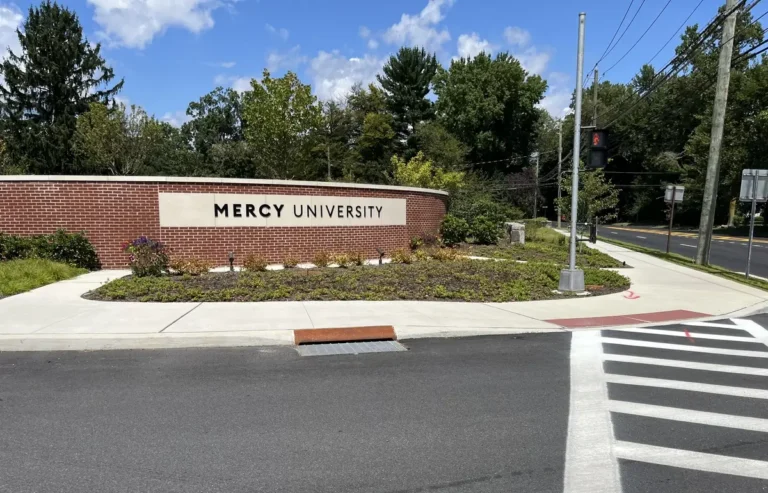GSA Facility – White Oak Campus Forensic Survey
McLaren Engineering Group provided a topographic survey, forensic investigation and condition assessment on over three-acres of concrete pavers for the Food and Drug Administration’s entire White Oak Campus in Silver Spring, MD. A visual inspection of the three multiple-story parking garages, totally a million square feet of parking surface, was also performed.





